The gluteus medius is a small muscle that sits atop the gluteus maximus on the outter portion of your butt (just south of you obliques). This muscle happens to be a major player in helping athletes control their femor and absorb and produce force when running, jumping or sprinting. It also is responsible for the inward and outward rotation of the hip. For years now we have addressed this muscle in the warm-up portion of our training to help "turn it on" as to involve it in the exercises to come. When the glute med is not properly activated, it lies dormant and your body will compensate in recruiting the IT bands and AB/ADductors, quads and hamstrings to do its job. What this will usually do is cause a chain effect which potentially leads to collapsing knees and eventually injury while running, jumping & sprinting.
What we've done here (at Key 2) is use different techniques to turn it and other muscles on so that the inter/intra coordination of the muscles are properly aligned. When this happens, movement is facilitated and therefore performance can improve. We've done soft tissue work with tennis/lax balls and foam rolls. We've added mini-band ab/adduction exercises, pre-hab drills like fire hydrants & knee circle variants together with planned and focused attention to proper stretching during our static & dynamic warm-up as well as during our training. Also, paying close attention to proper bending during squatting (forcing the knees out) and single leg exercises all have helped us gain an edge on conquering this deficiency.
Along with the glute med weakness is the tightness and immobility of the calf and achilles portion of the leg. Many athletes are extremely tight in their lower leg and as a result have no platform to actually produce & reduce force. Many people are not aware of how closely related the glute "deltoid" (consisting of the TFL, glute med & glute maximus) is to the lower leg. By improving the mobility of the lower leg, one can actually see an improvement in the operation of the glutes. (*So a side note - yes, addressing the foot & ankle complex as well as the hip complex can help improve the health and function of the knees). Lately we have adopted a alternate approach to activating the glute med. We have taken the calf & achilles area of the lower leg for granted and overlooked how it can have a profound effect on mobility and over all movement facilitation. Well no more.
As a result we have come up with a short list of exercises we do in order to help improve the functionality of the leg in general as well as activate the glute med. Understand that the foot and ankle muscles can actually mildly turn on the glute med. So by simply performing the exercises we're going to show next, we have seen dramatic increases in the mobility and stability of the entire leg, as well as an improvement in how our athletes are running.
Here is the simple but effective list:
1) Always start with the foam roller on the calf/achilles getting both the inner and outter portions of the leg.
Then remove the shoes and grab a tennis ball/lax ball and roll the bottom of your feet. There are many muscles in the bottom of the foot and by activating these muscles you will turn on many of the otherwise dormant muscles of the foot, lower leg and glutes.
Make sure you get the entire bottom of the foot even the inner and outter edges.

Then stretch the sides & top of the of the feet loosening up the muscles surrounding the ankle and foot.
Last but not least stretch the calf & achilles.
Try to incorporate these exercises into your warm-up routine & you'll see a dramatic increase in your lower body mobility and running performance. The sacrifice is, a little bit longer of a warm-up but when its all said and done the results will be something you will be proud of.













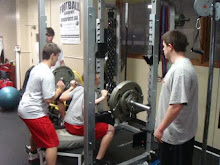
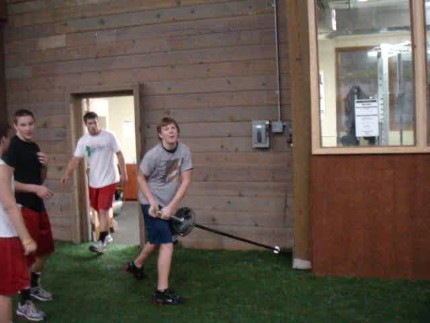

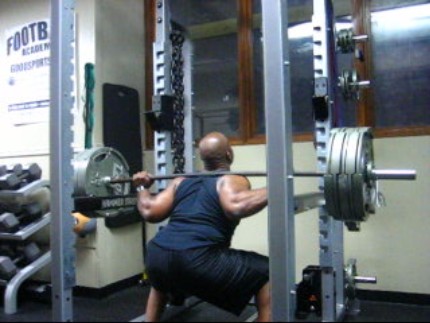
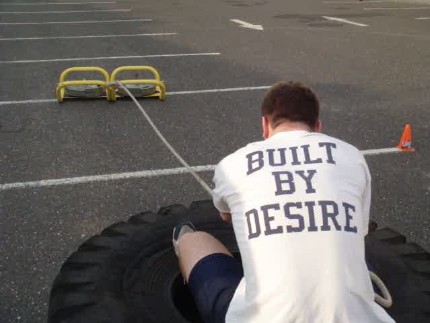
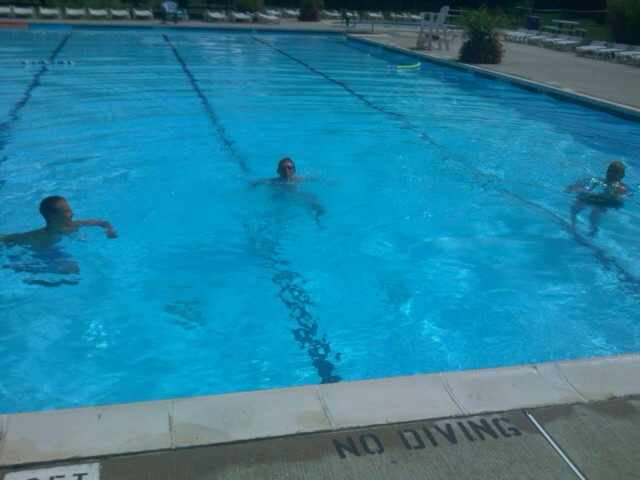
1 comment:
Great post! I just posted a lowerbody warm up like this on my blog as well. Love the explainations at the beginning.
Post a Comment